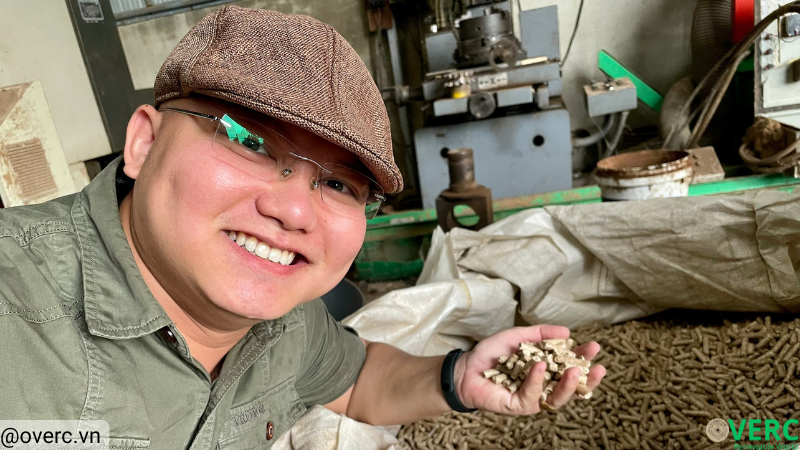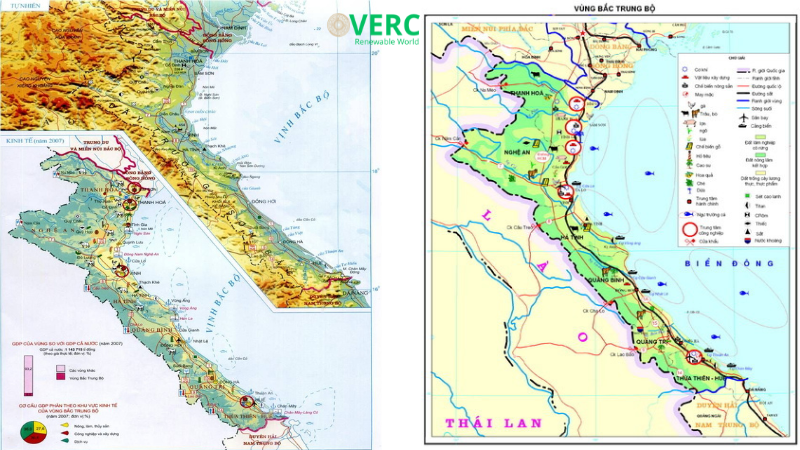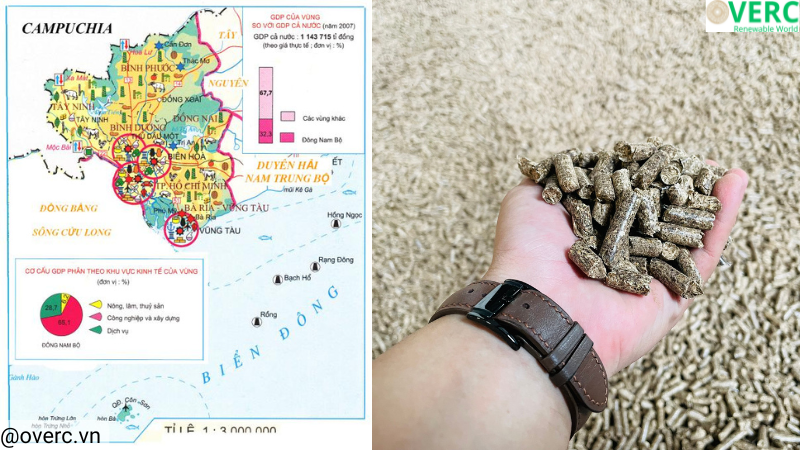
Vietnam’s wood pellet industry is booming at an impressive growth rate, solidifying its position as the world’s largest wood pellet exporter. Abundant and high-quality raw materials play a pivotal role in this development. This article presents the Top 5 wood pellet raw material regions in Vietnam during the 2022-2023 period, along with specific production output figures for each region.
1. Northwestern Region:
Location: Comprises the provinces of Lai Chau, Đien Bien, Son La, Hoa Binh.
Advantages:
Largest forest reserve in Vietnam: Over 10 million hectares of forests, providing a rich source of raw materials for wood pellet production.
High-quality wood: Primarily acacia, eucalyptus, and lát wood, with high calorific value, suitable for producing high-quality wood pellets.
Convenient transportation: The transportation system has been invested in and developed, facilitating the transport of raw materials and products.
Production:
2022: 3.2 million tons of wood pellets.
2023 (projected): 3.6 million tons of wood pellets.
Challenges:
Complex terrain, leading to high transportation costs.
Risk of illegal logging.
2. North Central Region:

Location: Comprises the provinces of Thanh Hoa, Nghe An, Ha Tinh, Quang Binh.
Advantages:
Extensive forest reserve: Over 5 million hectares of forests, diverse in wood species.
High-quality wood: Acacia, eucalyptus, pine, etc., with high calorific value, suitable for wood pellet production.
Abundant labor force: Meeting the labor demands of the wood pellet production industry.
Production:
2022: 2.8 million tons of wood pellets.
2023 (projected): 3.2 million tons of wood pellets.
Challenges:
Overexploitation, requiring sustainable forest management practices.
Climate change impacting forest growth.
3. South Central Coast Region:
Location: Comprises the provinces of Quang Nam, Quang Ngai, Binh Đinh, Phu Yen, Khanh Hoa.
Advantages:
Rapid development of acacia plantations: Over 1 million hectares in area, providing a rich source of raw materials for wood pellet production.
High-quality acacia wood: Suitable for producing high-quality wood pellets.
Convenient maritime transportation: Facilitating the export of wood pellets to international markets.
Production:
2022: 2.5 million tons of wood pellets.
2023 (projected): 2.8 million tons of wood pellets.
Challenges:
Risk of natural disasters affecting production.
Investment needed in irrigation systems for acacia plantations.
4. Central Highlands Region:
Location: Comprises the provinces of Kon Tum, Gia Lai, Đak Lak, Đak Nong, Lam Đong.
Advantages:
Vast forest reserve: Over 8 million hectares of forests, diverse in wood species.
Diverse wood quality: Acacia, eucalyptus, pine, rubber, etc., meeting the needs of varied wood pellet production.
Policies supporting plantation development: Encouraging investment in sustainable wood pellet production.
Production:
2022: 2.2 million tons of wood pellets.
2023 (projected): 2.5 million tons of wood pellets.
Challenges:
Illegal logging activities.
Need to raise public awareness about protecting forest resources.
5. Southeast Region:

Location: Comprises the provinces of Binh Phuoc, Tay Ninh, Đong Nai, Ba Ria – Vung Tau.
Advantages:
Extensive acacia plantations: Over 1 million hectares in area, providing a rich source of raw materials for wood pellet production.
High-quality acacia wood: Suitable for producing high-quality wood pellets.
Convenient transportation: Developed transportation infrastructure.
Production:
2022: 1.8 million tons of wood pellets.
2023 (projected): 2.2 million tons of wood pellets.
Challenges:
Environmental pollution risks due to industrial development.
Need for rational land-use planning to ensure forest area.
Conclusion:
Vietnam’s wood pellet industry is driven by a combination of factors, including abundant and high-quality raw materials, supportive government policies, and growing global demand for renewable energy sources. The Top 5 wood pellet raw material regions highlighted in this article play a crucial role in meeting the industry’s production needs and contributing to Vietnam’s position as a leading wood pellet exporter.
Source: Overc Team synthesize, analyze and write articles.
***
OVERC was established in Vietnam, which has 17 FTA (Free Trade Agreement).
Vietnam is one of the countries with the most FTAs in the world.
Our main activities are manufacturing and distributing Wood Pellets and Wood Waste. Our wood pellets products, which are made from Accacia veneer residual 100% or wood waste (logs, sawdust, wood chips, wood shavings,…), have been exported to many countries around the world such as Japan, Korea, EU, etc.
OVERC Co.,Ltd would like to wish you all the best at this time.
For more information on our products, please visit our website at OVERC.VN – Renewable World.